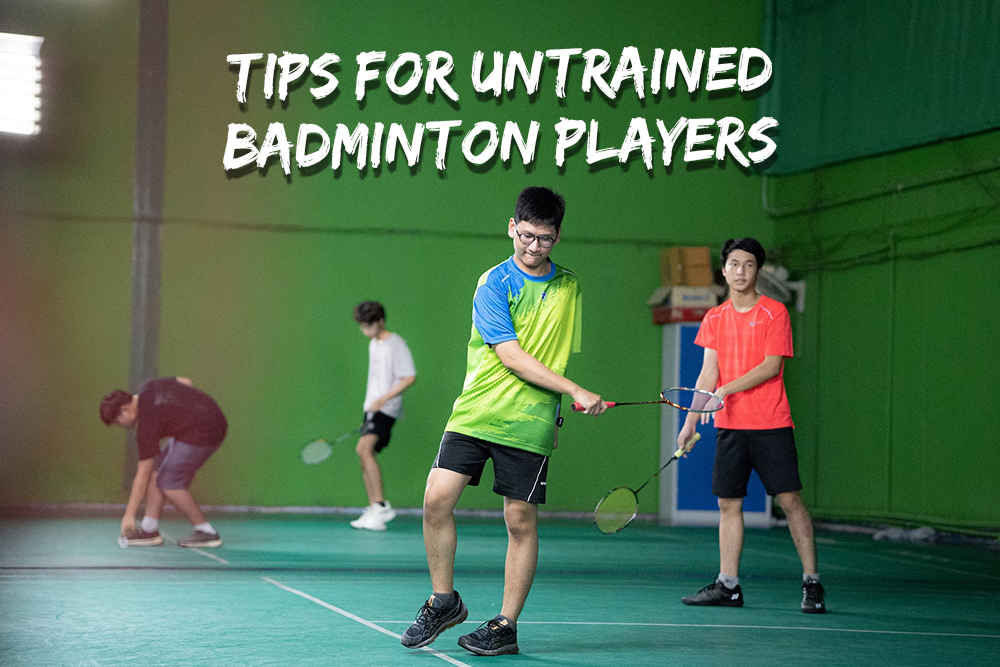Unlocking Your Potential: Top 10 Training Tips for Serious Badminton Players
1. Consistent Practice
Regular and consistent practice is crucial for improvement in badminton. Aim for structured practice sessions that focus on specific skills, footwork, and conditioning to develop muscle memory and improve overall performance.
2. Proper Warm-up and Cool-down
Warming up before training or matches helps prevent injuries and prepares your body for intense physical activity. Incorporate dynamic stretches, light exercises, and shuttle runs into your warm-up routine. Don’t forget to cool down with static stretches and gentle movements to aid in recovery.
3. Footwork and Movement Training
Footwork is a critical aspect of badminton. Focus on agility, speed, and balance through various footwork drills, such as ladder drills, cone drills, and shuttle runs. Practice different types of movement, including forward, backward, lateral, and diagonal, to improve court coverage and positioning.
4. Strength and Conditioning
Having a strong body is essential for generating power in shots and maintaining endurance on the court. Incorporate strength training exercises, such as weightlifting, resistance band training, and bodyweight exercises, into your routine. Include cardiovascular exercises, such as running or cycling, to improve stamina and endurance.
5. Mastering Basic Shots
Mastering basic badminton shots, such as clears, drops, smashes, and net shots, is fundamental to improving your overall game. Practice these shots with proper technique, footwork, and timing to enhance your accuracy, power, and control.
6. Game-Specific Drills
Include game-specific drills in your training, such as singles and doubles drills, to simulate real match situations. Work on your serve, return, defense, and attack in game-like scenarios to improve your decision-making, timing, and strategy.
7. Mental Training
Mental toughness is crucial in badminton. Practice mental training techniques, such as visualization, concentration, and goal-setting, to develop a strong mindset, manage pressure, and stay focused during matches.
8. Playing with Different Partners
Playing with different partners helps you develop adaptability, teamwork, and communication skills. Practice with partners of different skill levels and playing styles to improve your versatility and ability to adjust to different game situations.
9. Video Analysis
Record and analyze your matches or practice sessions to identify areas for improvement. Review your technique, footwork, positioning, and decision-making to spot weaknesses and work on them in your training.
10. Rest and Recovery
Rest and recovery are essential for avoiding burnout and injury. Allow your body to recover after intense training or matches, and get enough sleep to support your physical and mental well-being.
Note: It’s important to consult with a qualified coach or trainer to tailor a training plan that suits your individual needs and goals. Proper technique, safety precautions, and gradual progression are important in any training program.




